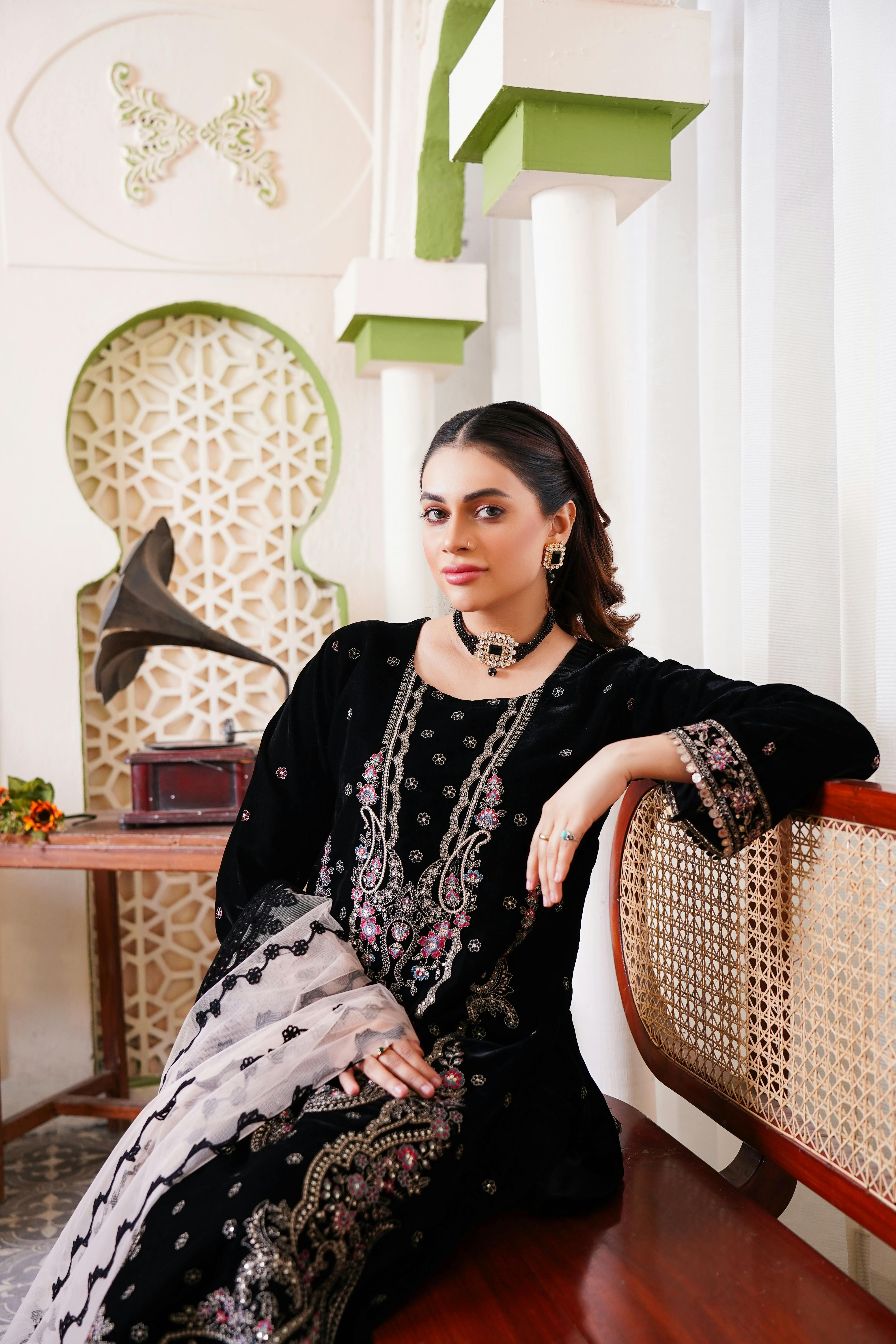The Pakistani wedding is an opulent affair, a multi-day festival where every detail is steeped in cultural significance, and nothing is more central to this spectacle than the bride's attire. Pakistani Bridal Dresses are not merely garments; they are intricate works of art, embodying centuries of South Asian craftsmanship, Mughal history, and the emotional narrative of a new journey. This attire strikes a perfect balance, celebrating profound traditions while continuously evolving to embrace the sensibilities of the modern bride .
The Foundation of Grandeur: Traditional Silhouettes and Craftsmanship
The soul of a Pakistani bridal ensemble lies in its time-honored silhouettes and the remarkable hand-embroidery that adorns them. Historically, the wedding attire for the main ceremony (Baraat) was synonymous with the colour red—symbolic of passion, prosperity, and a life of happiness.
Key Traditional Elements:
-
The Lehenga and Gharara: These remain the quintessential forms. The lehenga, a long, flowing skirt, and the gharara, a voluminous trouser stitched above the knee to create a dramatic flare, are canvases for heavy embellishment .
-
Intricate Handwork: The true value lies in the artisanal techniques. Zardozi, the ancient Persian art of using gold and silver metallic threads (tilla and naqshi), dabka (a coiled metallic wire), and kora (a heavier wire) are painstakingly applied to create motifs of flora, fauna, and architectural patterns. The quality of this hand-embroidery is the benchmark of high-end bridal couture.
-
The Dupatta's Significance: The heavily worked dupatta (long scarf) is a mandatory element, traditionally used to veil the bride's head, signifying modesty and grace. Its borders often feature the heaviest embroidery, framing the bride’s face beautifully
This dedication to unparalleled quality, often requiring hundreds of hours of labour, ensures that these Pakistani Bridal Dresses become precious, generational heirlooms.
The Evolving Colour Palette and Fabric Trends
While red holds its undisputed place, the last decade has ushered in a remarkable colour revolution, broadening the canvas of Pakistani bridal fashion. The modern bride has embraced a more diverse and often softer aesthetic:
-
The Pastel Preference: Soft hues like rose gold, powder pink, mint green, ice blue, and champagne are immensely popular, particularly for the reception (Walima). These colours lend a lighter, ethereal quality to the grand silhouettes and photograph exceptionally well .
- Jewel Tones Revival: For those seeking drama without the traditional red, rich jewel tones—such as emerald green, deep sapphire blue, and burnt orange—are making a strong comeback, providing a regal, dramatic alternative .
- Luxurious Fabrics: High-quality fabrics like raw silk, velvet (popular for winter weddings), pure organza, and chiffon are favoured. Organza, in particular, has become a trendsetter due to its structure, which holds the shape of the silhouette while providing a sheer, delicate finish for the dupatta or an overlay .
Modern Silhouettes: The Art of Fusion
Contemporary trends focus on fusion, where traditional embroidery is applied to modern cuts, offering both cultural adherence and international appeal .
-
Lehenga Gowns and Maxis: Long, flowing gowns that often include a long tail or train (trail) are a popular choice for the Walima, featuring the classic desi handwork on a more Western, streamlined silhouette.
-
Pishwas and Anarkalis: The flowing, Mughal-inspired Pishwas (a long, flared frock) has been modernized with contemporary necklines and sheer churidar sleeves, offering a modest yet exquisitely elegant look.
-
The Power of the Jacket: Short, embellished jackets worn over lehengas or shararas add structure and a fashion-forward edge, creating an impactful, layered look that is both traditional and chic

